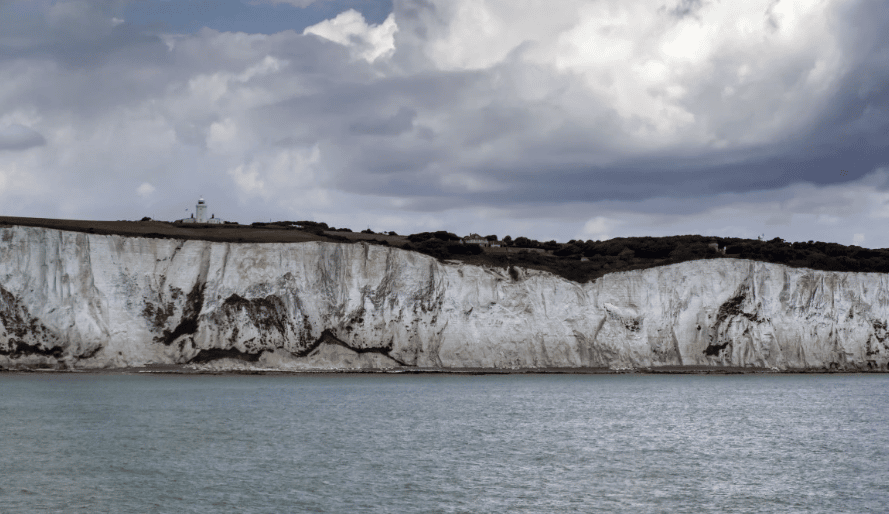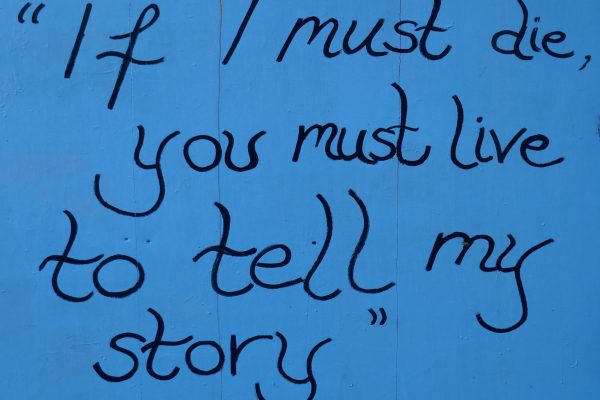I’ve been a quiet blog contributor lately because I am spending the semester reading through a lot of the history of poetry. When I am not reading, I sometimes become frustrated that the lines my history traces are mostly just “begats.” The problem of the literary survey is a tough one: “the field cannot be well seen from within the field,” says Emerson. But then there is the poet. What models can poetry offer the would-be surveyor? Here, from within all the profusion of that field, are four disorderly possibilities.
Survey #1: “a lyric book”
Lisa Robertson’s The Men responds to the problem of gender in the literary survey. In so doing, it offers a model of revisionary survey through lyric. There are things to negotiate in histories, poetic and otherwise, besides gender, but there’s no escape from the problem in poetic history. Dante’s De Vulgari Eloquentia lies somewhere at the base of Robertson’s picture of things: in it Dante expands the domain of poetry into the “natural” language of all men. We know the vernacular is natural, says Dante, since “even women and children (to the extent that nature allows)” use it to communicate. This offhand remark denies women a part in the groundwork of the survey even as it includes them in its scope: and what can a survey do with this kind of skew at the outset?
One thing it can do is not ignore the problems of its construction. Another thing it can do is obsess over them. Robertson’s poems in this volume toy angrily with these all-pervasive “men,” who become the objects of historical scrutiny rather than the makers of history:
They are both sublime and
Beautiful, delicate
And copious, rolling and touching
And rubbing against one another
In their most serious actions
But nothing makes them men
But their word in the new-found world.
I study them more than any other subject
Studying hard in this disordered rabble
The trouble with history as given is that its terms are repetitive, dictated from the outset by a certain set (the men) who substitute themselves for everyone, for every word, as in: “The whole prehistory of the water / Is about timeliness men is about.” If in surveying you looked back over history and squinted, would every form or word turn into “man”? That would be a problem, and one thing you could do would be to write unmistakably beautiful poems about it:
I call out hydromel to the men I take all of their style and I turn it to poverty. Who can say which loses? I call out hydromel to ladies as false as the gorgeous poem. This is referential stability. This is our passion to speech. . . . Your name is a syllable on my face and I speak it form your own juice. What’s prior to cognition. Amazed head of a man I feed you violets and fall upwards bleating.
Survey #2: “a new walk is a new walk”
In A.R. Ammons’ “Corsons Inlet,” the poet, walking a shifting space of dunes and creeks, finds himself liberated from
straight lines, blocks, boxes, binds
of thought
into the hues, shadings, rises, flowing bends and blends
of sight
This liberation pleases the active and constructing mind, released from directed contemplation to eddy with vision and to remember the inlet in its natural fullness, but it’s a challenge for the describing voice, since now a sense of general topography eludes:
but in the large view, no
lines or changeless shapes: the working in and out, together
and against
“Corsons Inlet” isn’t just a poem about the observation of nature. It’s a poem about the paradox of surveys. Ammons’ problem is how to take a survey that admits historicity and flux—change in time, continual becoming—in both the surveyor and the surveyed: the surveyor’s liberty to change even before the perpetual and unpredictable change of the surveyed thing. To think freely means giving up ideas of a shape of the whole and giving up the ideal of shaping it. And still more: giving up the idea of your shape in it. The surveyor who admits continuity with the unsurveyable thing admits his or her own necessary vulnerability:
terror pervades but is not arranged, all possibilities
of escape open: no route shut, except in
the sudden loss of all routes
Doubly open-ended, this survey is as frightening as it is freeing and immense. Easy enough to stand before a prospect and watch it change. How can you take into account not only your incomplete perception of the scene but finally the necessity of letting yourself into it to change (or be washed away) as well?
Survey #3: “that deep beneath”
The fact that Charlotte Smith is now included among the early British Romantic poets represents one sort of changed historical vision. Smith’s long blank verse poem, the posthumously published Beachy Head (1807) throws us into another way of looking. On the surface, the poem recounts a comfortable historical narrative: triumphant Britain from the Norman Conquest to the present, complete with the humble liberty of the cottager, frolicking children, healthy shepherds. But in this poem, the surface of the “turfy knoll” is the least interesting part of the place. Where Ammons’ poem refuses to establish horizontal lines and boundaries across the seaside space, Smith’s wants the full extent of another axis. Smith’s chalk cliff offers not only a vista out over the ocean and the sky but also a vertical vista of geologic time. Her lounging “herdsman of the hill” “little recks”
that deep beneath
Rest the remains of men, of whom is leftNo traces in the records of mankind
And not just other herdsmen: the cliff also preserves the memory of
What time the huge unwieldy Elephant
Auxiliary reluctant, hither led,
From Afric’s forest glooms and tawny sands,
First felt the Northern blast, and his vast frame
Sunk useless; whence in after ages found,
The wondering hinds, on those enormous bones,
Gaz’d; and in giants dwelling on the hills
Believed and marvell’d—
Smith’s notes on these bones are magnificent. On the one hand, they ground the poem in archaeological fact: “In the year 1740,” she writes, “some workmen digging in the park at Burton in Sussex, discovered, nine feet below the surface, the teeth and bones of an elephant; two of the former were seven feet eight inches in length.” But on the other, they show how the poetic mind does some speculative digging of its own: “I had often heard of the elephant’s bones […] but never saw them; and I have no books to refer to. I think I saw, in what is now called the National Museum at Paris, the very large bones of an elephant, which were found in North America […] I have, since making this note, been told that the bones of the rhinoceros and hippopotamus have been found in America.”
Here and throughout Beachy Head, Smith’s annotations dig beyond the facts of surface to include the nuances of place-names and dialect, the complications of taxonomy, and the prehistory—real and unreal—working beneath and against the verse narrative. The top of the cliff begins to seem a less stable place. That looks like an unbroken expanse of pleasant pasture? Try again: there might be stranger things beneath.
Survey #4: “wild surmise”
In 1616, George Chapman published the first complete English translation of Homer. Two hundred years later, John Keats read the translation and wrote a sonnet about the experience. One poet, via another, encounters another. Literary history is made; its links and loops are empirical, datable, and undone via no stretch of the imagination. It’s a moot point whether Keats’s work might have been different had he had only, say, Pope’s or Dryden’s Homer at hand. “On First Looking into Chapman’s Homer” documents the moment at which history is made and after which it solidifies.
Keats is aware that his “discovery” of the expanse of Homer’s work is part of a history, the history of poetry, which is why at the end of the sonnet he describes the moment in terms of another history-making encounter: “stout Cortez” discovering the Pacific Ocean. It’s been suggested that Keats conflates Cortez with Balboa, but it’s not this historical wobble in which I am interested. Whoever the explorer is, Keats’s poem marks his pause in front of a new and disorienting prospect: the explorer and
all his men
Look’d at each other with a wild surmise —
Silent, upon a peak in Darien.
The history of Cortez is the history of brutal conquest and colonization. But what the sonnet registers is the still moment before history begins. Cortez’s men exist in the space of poetry, figured as this “wild surmise.” Or in Adrienne Rich’s words, “wild patience.” It’s not that things could have been different—although they could have—but that in this speculative silence nothing exists, yet, besides height, expanse, shared vision, and freedom to speculate and imagine.





